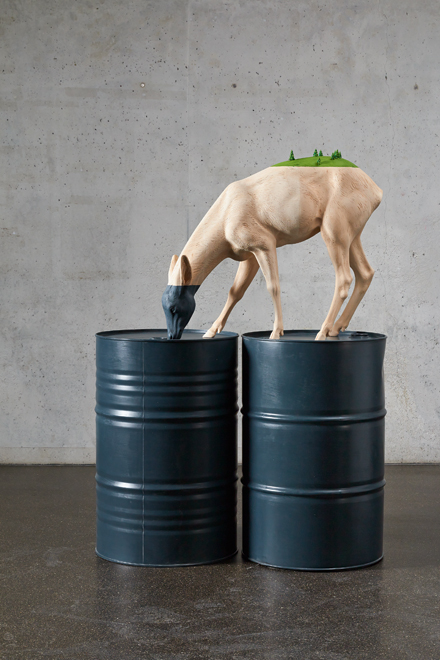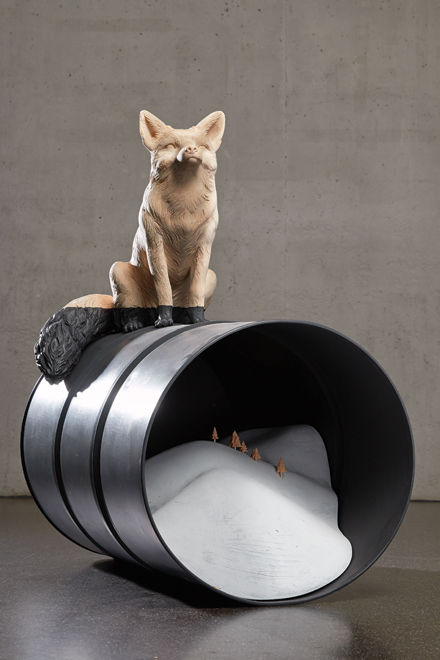WILLY VERGINER
Willy Verginer grew up in the Dolomite mountains, surrounded by the peaks and forests of the beautiful northern Italian region of Val Gardena. True to his childhood ambition, at 14 he enrolled in the painting section of the Art Institute in the small town of Ortisei.
At 17, Verginer decided to learn sculpture, and for the next eight years trained with a series of local artists in the region.
Although he assimilated local craft traditions, his ambitions were broader and more universal. The need to make a clean break with his artistic roots leading him to plunge into radically abstract creations from 1990 to 1997. This uncompromising disavowal of tradition allowed him, however, to return several years later to figurative art with a fresher, deeper awareness.
Verginer started using colour in a distinctly conceptual way for the first time in 2004 with his series entitled Vis à Vis. Colour is the means of creating an immediate link between the human figure and the frame on the wall – something Verginer would use until 2006. The coloured panel is reflected exactly onto the human figure but in no way proportional to the human frame. The result is a dynamic between the sculpted figure and the flat colour patch that can at times set up a subtle tension. After completing this series, however, Verginer realised there was no need for a panel, picture or any other external element to relate colour to his figures.
Since 2008 he has applied large areas of solid colour to his sculptures in an almost random fashion. For him, colour is the most important part of his work. Never a narrative feature, colour is used to trigger a change in perception. Applied as if casually with no connection to the sculpted volume, colour sets up violent contrasts designed to perturb the viewer’s contemplation.
Verginer took a further step in the direction of indecipherability between 2010 and 2013 with his In hoc signo series. His sculpted figures, now even more enigmatically mute, are displayed as mises en scène: young girls with marmoreal faces or young boys with child-like features accompanied by incongruous objects such as light bulbs covered in gold leaf, drawers or cups filled with natural motifs like leaves and flowers. Willy Verginer’s latest work has returned to the sense of all-powerful nature. We feel the force of the landscapes of his childhood. The tree is now centre stage. For Verginer, the tree is not just a basic element of man’s natural habitat but the leaven of modern city living. Narration has completely disappeared. Any perceptible aspects of reality are so juxtaposed as to heighten the overall surrealist effect. With his large houses, we step right into a new concept of space merely glimpsed in his previous In hoc signo series.
In recent years, with his works, he is addressing environmental issues. Successful examples thereof are the exhibition at the Contemporary Art Museum of Lissone (Milan) and the Museum of Lanchelevici (Belgium).











